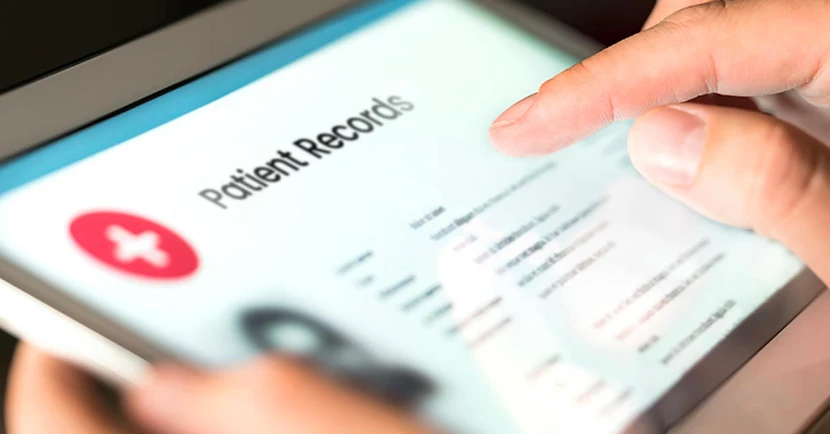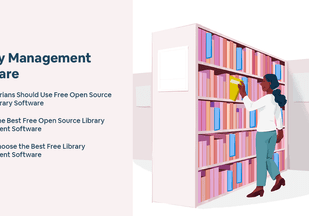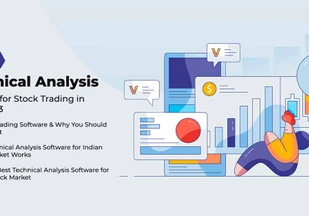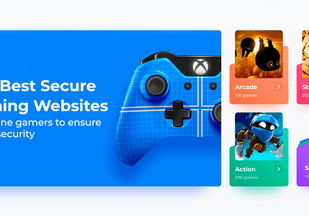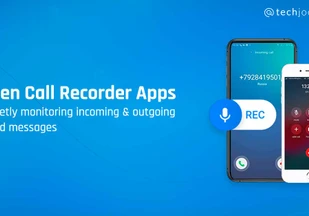Healthcare is one of the most complex and vital industries of the world. Doctors work tirelessly to improve the quality and longevity of lives every day. Unfortunately, they face several challenges while saving lives of countless people around the world.
One of the common challenges faced by doctors and healthcare administrators is finding quick access to patient records in critical medical care situations.
Medical records are undoubtedly the lifeline of today’s healthcare world. You don’t need patient records just to treat them and follow-up about their improvement, but also for documenting their health status for the future reference. This helps in meeting paperwork formalities in today’s medico-legal environment.
How to Maintain Patient Records?
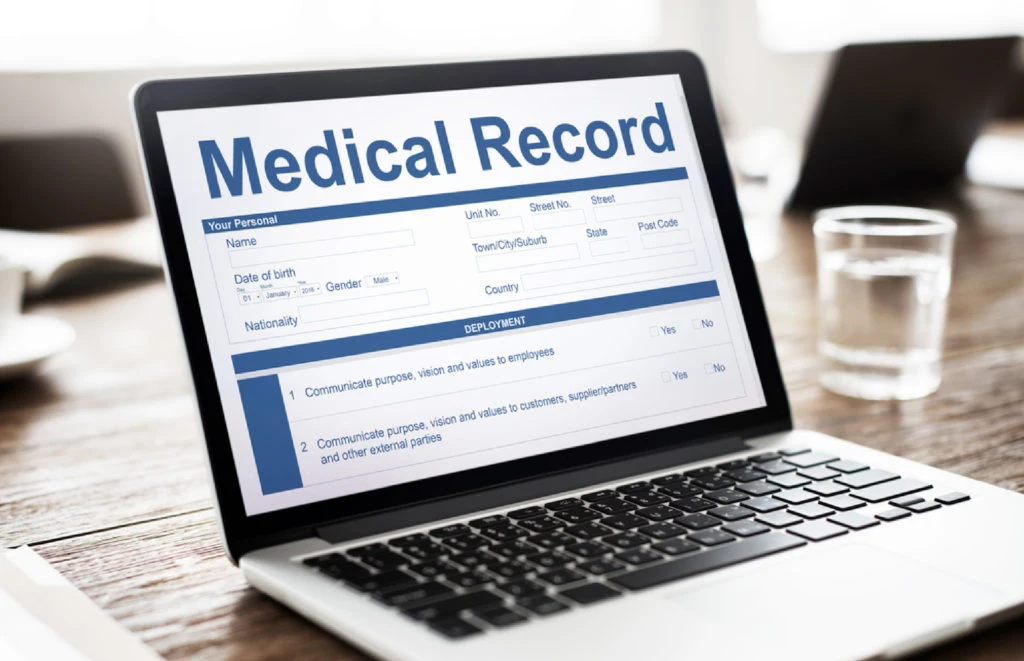

Now that the stature of patient record has become bigger, the healthcare world is looking for new ways to track and maintain it efficiently. It is important for medical practitioners, hospitals and other healthcare facilities to keep track of medical records for quick access in case of medical emergency or legal requirement.
Technology creates the way ahead for effective patient record management in the form of advanced hospital information system. From capturing, storing and disseminating records to reducing the risk of legal threat due to unmanaged medical records, hospital information system is instrumental at every stage.
Without any trusted hospital information software for healthcare industry, administrative staff is constantly struggling to find patient records. Further, patients don’t take it positively that the practice of their healthcare administrators are behind the times.
Maintaining medical records manually also leads to duplication of efforts and loss of productivity.
Top 3 Ways to Track and Maintain Patient Records:
- Integrate Patient Records
- Record Medical Prescriptions Electronically
- Archive Patients Record on Cloud
Here’re some of the fool-proof and effective ways to deal with poor medical records and achieve efficiency through technology.
1. Integrate Patient Records Accurately & Completely
Most of the hospital information systems generate a unique identity document for new patients. This document ensures that every record of a patient in the future is recorded under the same ID for easy access.
However, the records of old patients that was maintained manually before the implementation of HIS remains unmapped in the system. When creating medical records for new patients in your hospital information system, remember to integrate the records of old patients accurately and comprehensively.
You can’t afford to lose records of your old patients, as these include complete details of their medical history, which can be useful in their future diagnosis. One of the popular hospital information systems, Med-E-Nova allows medical practitioners to view patient records pertaining to previous visits, that too online from anywhere and anytime.
2. Record Medical Prescriptions Electronically
A 71-year-old female in Pennsylvania was accidentally taking an antipsychotic for three months, instead of her anti-hypertensive medication. This led to ambulatory dysfunction, mood swings, tremors and many other physiological changes because of the medication error in manual prescription.
It’s high time for doctors to discontinue with the option of writing medical prescriptions manually. With e-prescribing, doctors can significantly prevent drug prescription errors and instantly reconcile a patient’s medication history.


The medication reconciliation process becomes easier, as there is no need to flip through cumbersome prescription papers stored in a physical folder. Electronic prescriptions also eliminate chances of wrong drugs being dispensed due to handwriting errors.
This not only helps doctors but even patients who can have trust over their doctor that right drugs have been selected from extensive formulary stored in hospital information systems like Med-E-Nova.
3. Archive Patient Records on the Cloud
In the battle between on premise and cloud based HIS as far as it’s about patient records management, the latter wins clearly. In-house HIS may be down due to some technical glitch or could require frequent maintenance.
And, during the down time, no patient records can be tracked, leading to critical anomalies. While on cloud-based HIS or healthcare management software, continuity in accessing and maintaining patient records can be maintained.
Undoubtedly, cloud-based server is a better option for handling critical patient records.
FAQs
- How do you maintain patient records?
You can use EMR (electronic medical records) system to bring all your patient-related data to a single platform. Along with the patient’s medical history, even prescriptions can be maintained electronically at a single platform.
- Why is it important to keep patient records?
Managing medical records is necessary so that they can be retrieved in case of a medical emergency. Quick access to patient records helps medical professionals come up with the right diagnosis. Prescribing the right treatment requires going through past medical records.
- How do you keep medical records confidential?
You can keep all electronic medical records confidential by setting user access. This option lets you assign specific users or eliminate them completely from the records to keep data safe and secured.
Conclusion
There are many other ways to maintain patient records efficiently. No matter, what method you adopt, the focus has to be on ensuring quick and easy access to medical records to deliver the right patient care in real time.


